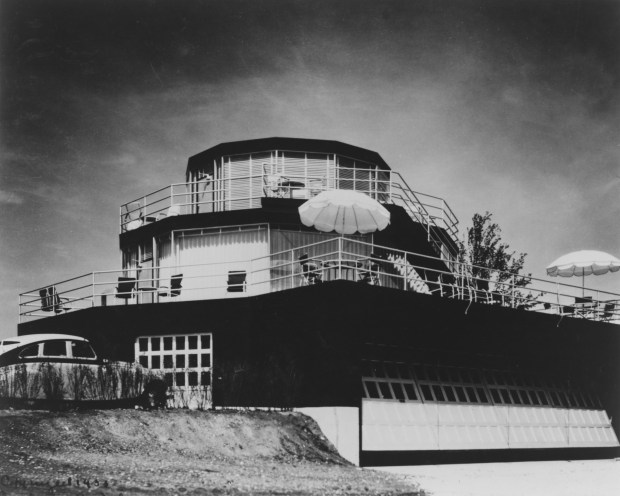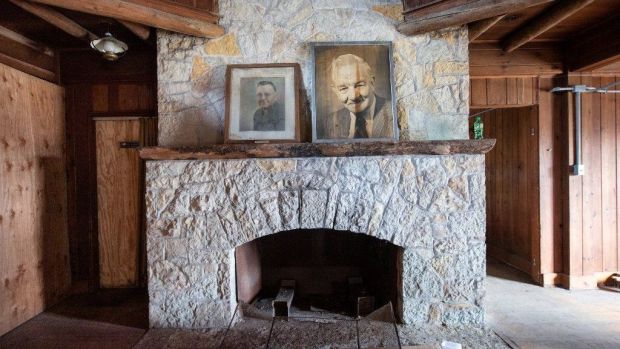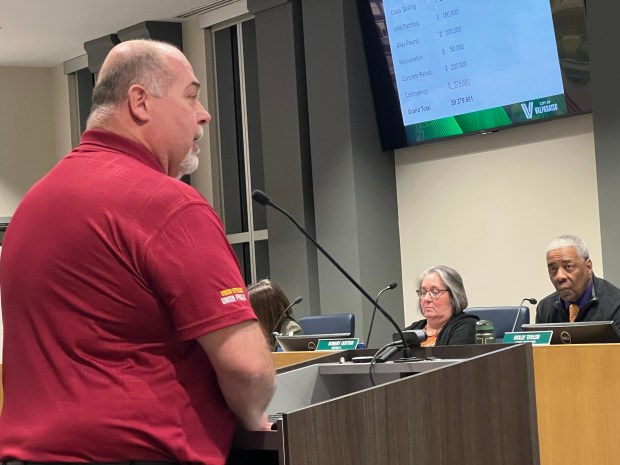Long-awaited restoration work on three historic buildings in Indiana Dunes National Park will begin soon, thanks to about $22 million in federal money.
Todd Ravesloot, the national park’s facilities manager, said the work on the Bailly Homestead, Good Fellow Lodge and the House of Tomorrow will start this spring and continue through late spring or early summer of 2025.
“It’s an exciting time for us,” he said.
The park has owned the buildings for about 50 years and has been looking to fix them up but has been constrained by budget limitations.
Funding for the restoration projects comes from the Great American Outdoors Act, passed by Congress in 2020, which provides $1.9 billion a year for five years to address national parks’ overdue maintenance projects.
“Through the restoration of these iconic buildings,” Indiana Dunes Deputy Superintendent Chris Pergiel said in a news release, “we are preserving key elements of the park’s cultural heritage and creating opportunities for current and future visitors to experience the beauty and history of the park.”
G Force Engineering and Construction Services, based in Norristown, Pennsylvania, will be in charge of the work. They also will work with local contractors, Ravesloot said.
Bailly Homestead is the oldest building in the park and one of the oldest in Northwest Indiana. Its core dates to 1835, the exterior to the 1890s and the brick house next to it to 1875, Ravesloot said.
Sitting near the Little Calumet River, it once was the home of one of the region’s first European settlers.
The restoration will stabilize the building’s structure and improve its energy efficiency, the park’s news release said.
Water and sewer service will be brought to the Bailly Homestead during the renovation, Ravesloot said.
The national park also has been accepting proposals for potential new uses of the Bailly Homestead and nearby buildings under a lease or concession contract.
The Good Fellow Lodge was built in 1941 by U.S. Steel as part of a camp for employees’ children. It has been essentially unused since the park, then called Indiana Dunes National Lakeshore, acquired it in the 1970s.
Its next use is still to be determined, Ravesloot said. Possibilities include a meeting and conference facility for the park or for the public, or by the nearby Dunes Learning Center.

The House of Tomorrow, called “America’s first glass house,” is one of five buildings in Beverly Shores that were built as “Century of Progress” displays for the 1933-34 Chicago World’s Fair and then were moved to Indiana by barge and truck.
All five are leased by Indiana Landmarks, which has sub-leased four of them to people who have renovated the buildings and used them as homes.
The House of Tomorrow’s glass exterior has made renovation more difficult.
The project underway soon will restore the house’s exterior to its original condition, Ravesloot said.
Indiana Landmarks is to find someone to complete the interior and live in it.
Indiana Landmarks’ website calls the building “a monument to American Modernism,” one of the World’s Fair homes that “offered millions a hopeful vision of a brighter, easier future.”
Tim Zorn is a freelance reporter for the Post-Tribune.





